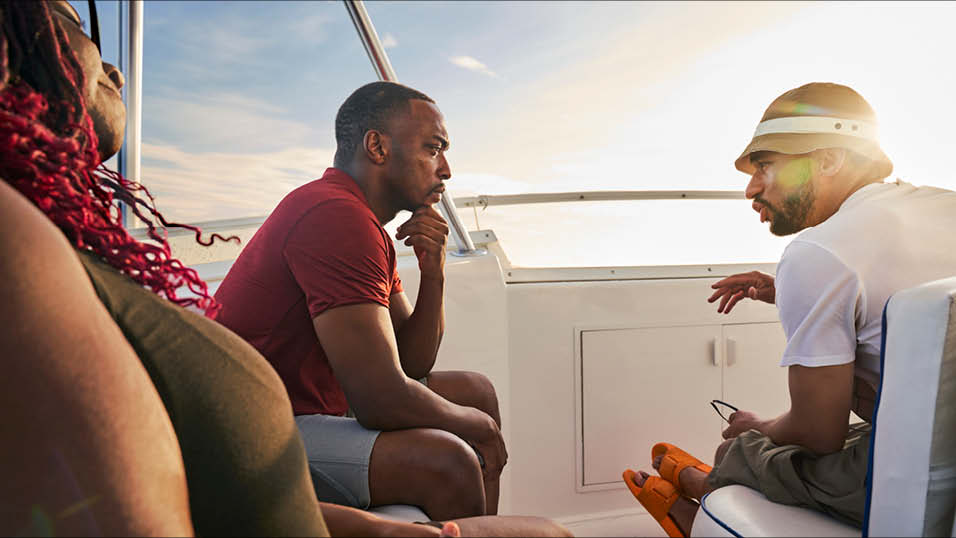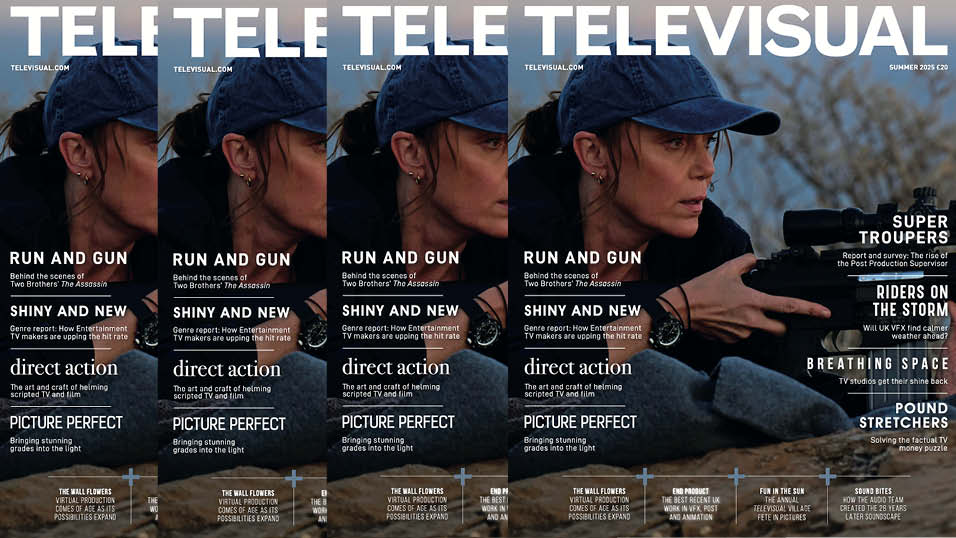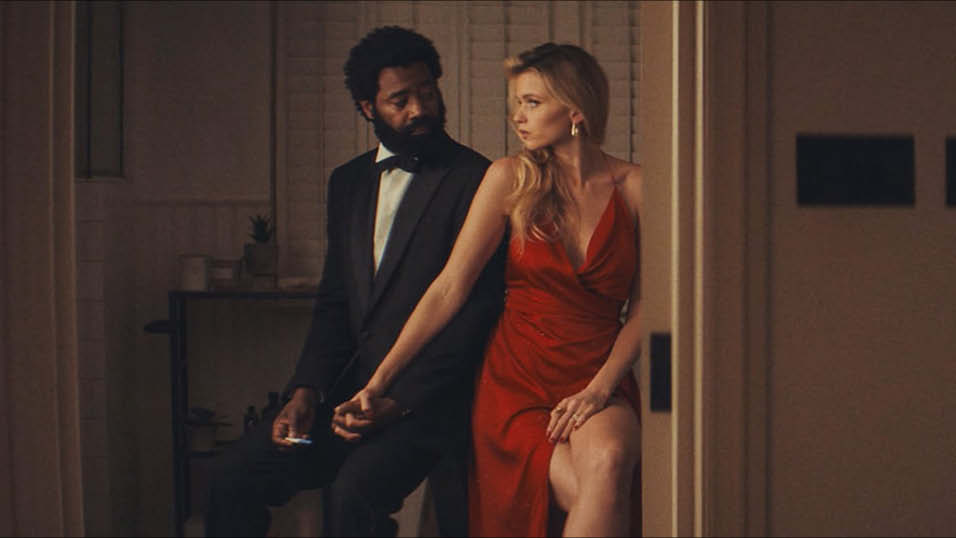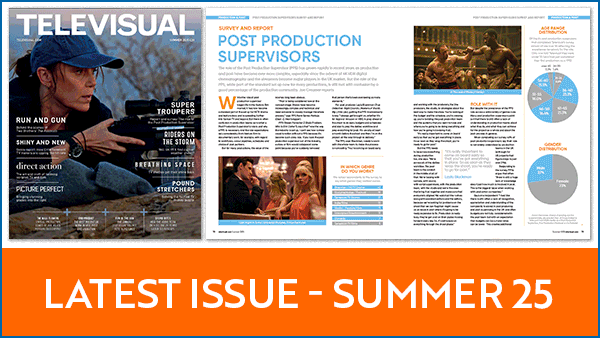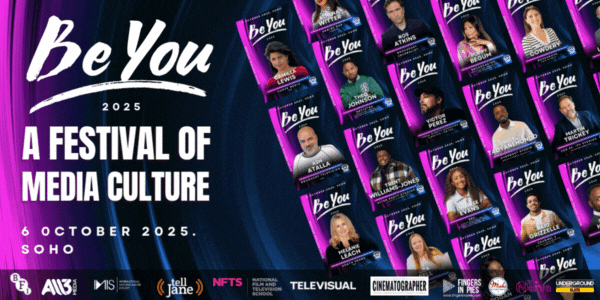Matt Kay, the director of Nutopia’s upcoming Shark Beach with Anthony Mackie: Gulf Coast for Nat Geo Wild, explains what it took to helm a shark show with hidden depths.

When I was asked to come onboard to direct “Shark Beach with Anthony Mackie: Gulf Coast” I had a few hesitations as I’d never made a show like it. But what appealed to me was that, although definitely a shark show, it had the potential to be more than that because it was hosted by someone with an authentic passion for fishing, the natural world and his beloved Louisiana.
Anthony Mackie plays the first African American Marvel superhero, Sam Wilson – who’s Falcon character has just become the new Captain America. He’s a big star, but also somewhat of a Hollywood outlier. He still lives in his hometown of New Orleans, a city synonymous with being overlooked and under supported; Anthony, not one for the glitz and glamour, often prefers a practical pick up truck which can hold all his fishing gear to a sports car.
The film is grounded in Anthony’s authentic perspective and he hooks the viewer in with his charm and relatability. At the heart of this ‘shark’ documentary is his home city, its vibrant Creole culture, resilience, and the devastating impacts of Hurricane Katrina. Anthony’s personal reflections on the hurricane added a poignancy to the narrative; he talked movingly of how it impacted his family, details he’d not previously discussed publicly. We filmed at Anthony’s childhood home which is right next to a remembrance plaque marking where the levees broke.
The waters around New Orleans are also a rich ecosystem where the number of Bull Shark sightings and encounters have grown in recent years. This has put them into conflict with local fishermen, in a phenomenon called depredation, when sharks take fish off the line.
The marshlands of southern Louisiana, facing rapid land loss, also played a significant role and we film in a colourful fishing spot known as ‘Tuna Town’. The number of fish make it a hotspot for sharks where the anglers have to rush to reel in their catches before a shark gets it. We extended our journey to the Gulf of Mexico coast of Florida, known for its dense shark population. Each location was chosen to support the science narrative of bull sharks’ life cycle and the environmental challenges they face, as well as the growing issue of depredation.
Filming such a dynamic subject required meticulous planning and specialised equipment led by our brilliant Series Producer Jo Locke. We used remote cameras with live feeds to capture sharks in action. These cameras were extremely fiddly with short battery life and had to be constantly changed and repositioned. The biggest challenge proved to be actually attaching the cameras securely to the fishing lines. The local anglers all competed as to who could attach the camera the best, and when we found the winner we made sure they were available every shoot day!
To identify sharks off-camera, we employed DNA swabs. We also documented tracking devices being inserted which identify movement patterns and behaviours to help minimise shark-human encounters. But the highlight of our science tech interactions was when Anthony assisted with swabbing an adult female Bull shark to test for dietary preferences. Anthony found out in realtime from one of our scientist contributors, Dr Yannis Papastamatiou how that would play out and it resulted in my favourite line of the film, “oh boy, when I woke up this morning, I didn’t think I would be giving a shark an anal swab.”
Catching said 9 feet, 800 pound Bull shark was a stroke of luck that depended on several serendipitous circumstances. During our lunch break I discovered that we still had fishing gear from the previous day onboard. Anthony, the keen angler that he is, took advantage of this downtime to indulge in his favourite hobby. After a while he successfully reeled in a beautiful Bonito fish, which took about 20 minutes. We then moved from the lunch boat to the science boat. Upon boarding, Anthony presented his prized catch, which Yannis promptly used as bait. Normally, Yannis relies on smelly, months-old frozen fish, but the fresh catch proved to be more effective. It attracted a large female shark much quicker than usual. This timing was fortunate because shortly after filming the scene, we had to return to shore straight away due to an approaching severe storm, which we narrowly avoided.
Another funny moment was when we had to do pick up shots of Anthony swimming with sharks accompanied by his guide, shark ecologist Jasmin Graham. Anthony, not the most confident swimmer, and a bit nervous around sharks, was our main focus. We were filming wide to contextualise him amongst the huge variety of sharks including Makos, Lemons, Spinners, Blacktips and of course Bull sharks.
After the sharks left, we switched to filming close-ups. When I said “action,” Anthony eyeswide, raised his head, and shouted, “There’s a massive f***ing shark right there!” I chuckled, thinking he was playing around and adding a bit of drama to the shot. He kept shouting and pointing. I thought to myself ‘that’s why he’s Captain America’. Anthony’s exaggerated enthusiasm turned out to be genuine. Unbeknown to us, a massive shark had actually appeared, an unexpectedly perfect addition to the final cut.
If there’s any takeaways from these shooting experiences I’d say to utilise spontaneity, trust the process and always opt for fresh bait!
Nutopia’s Shark Beach with Anthony Mackie: Gulf Coast airs on Nat Geo Wild on Monday 15th July at 8pm
Jon Creamer
Share this story




